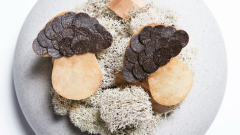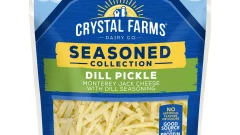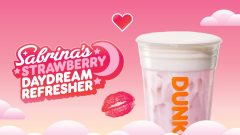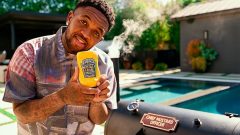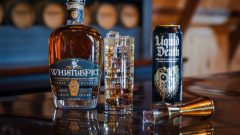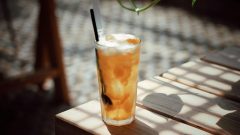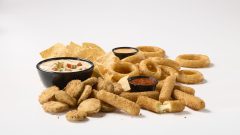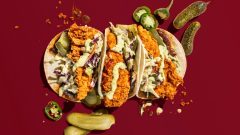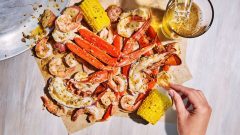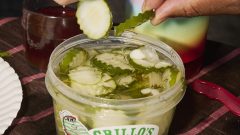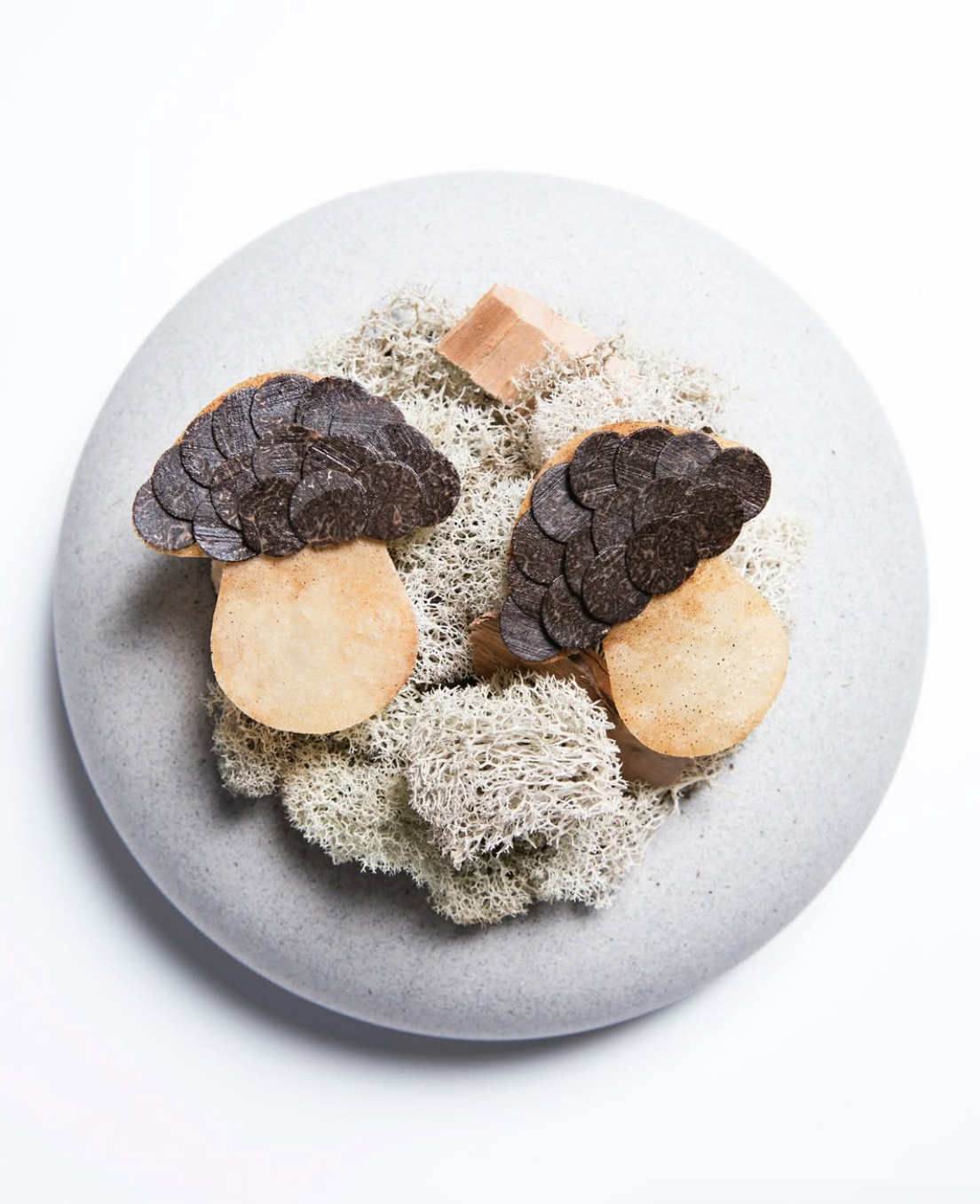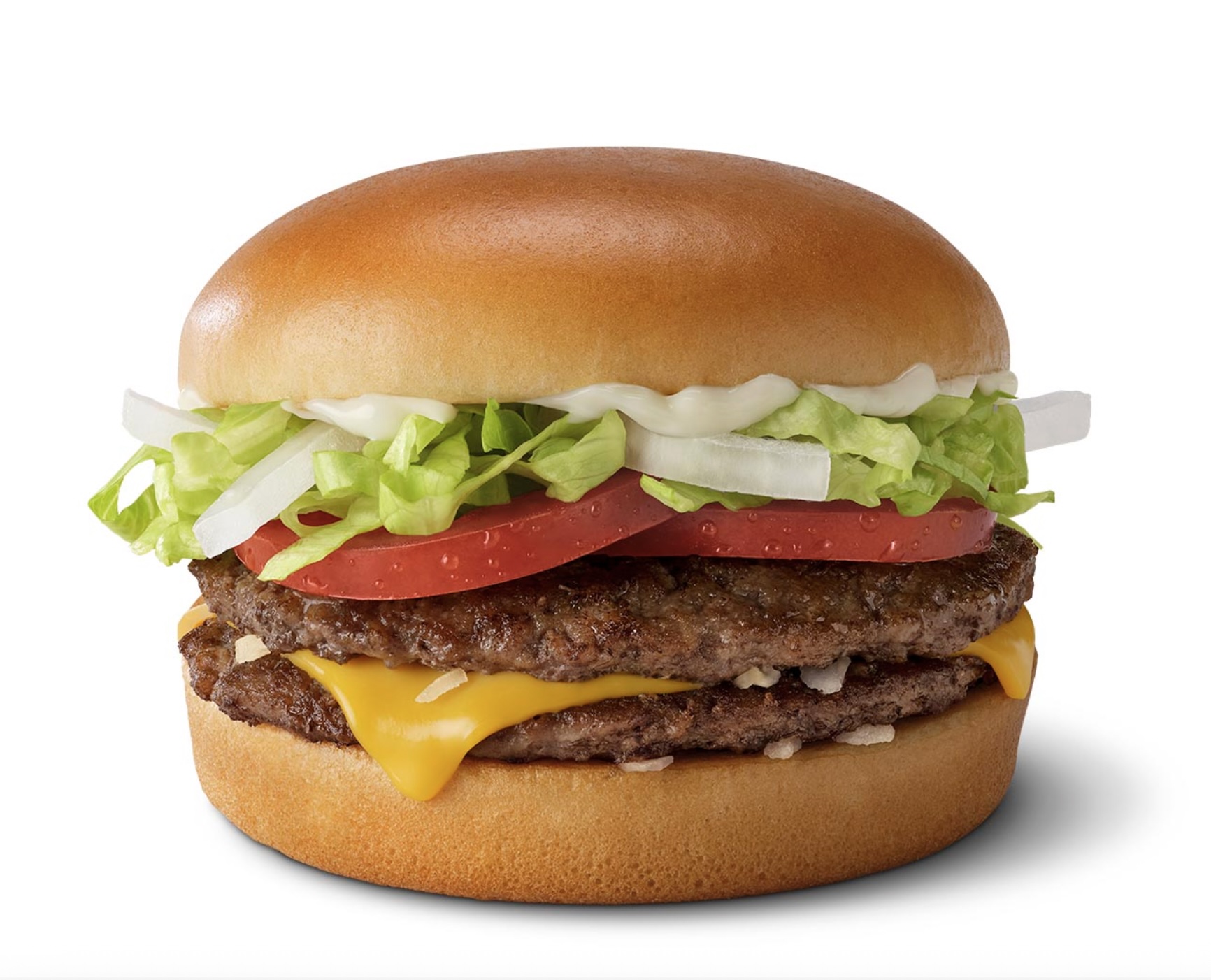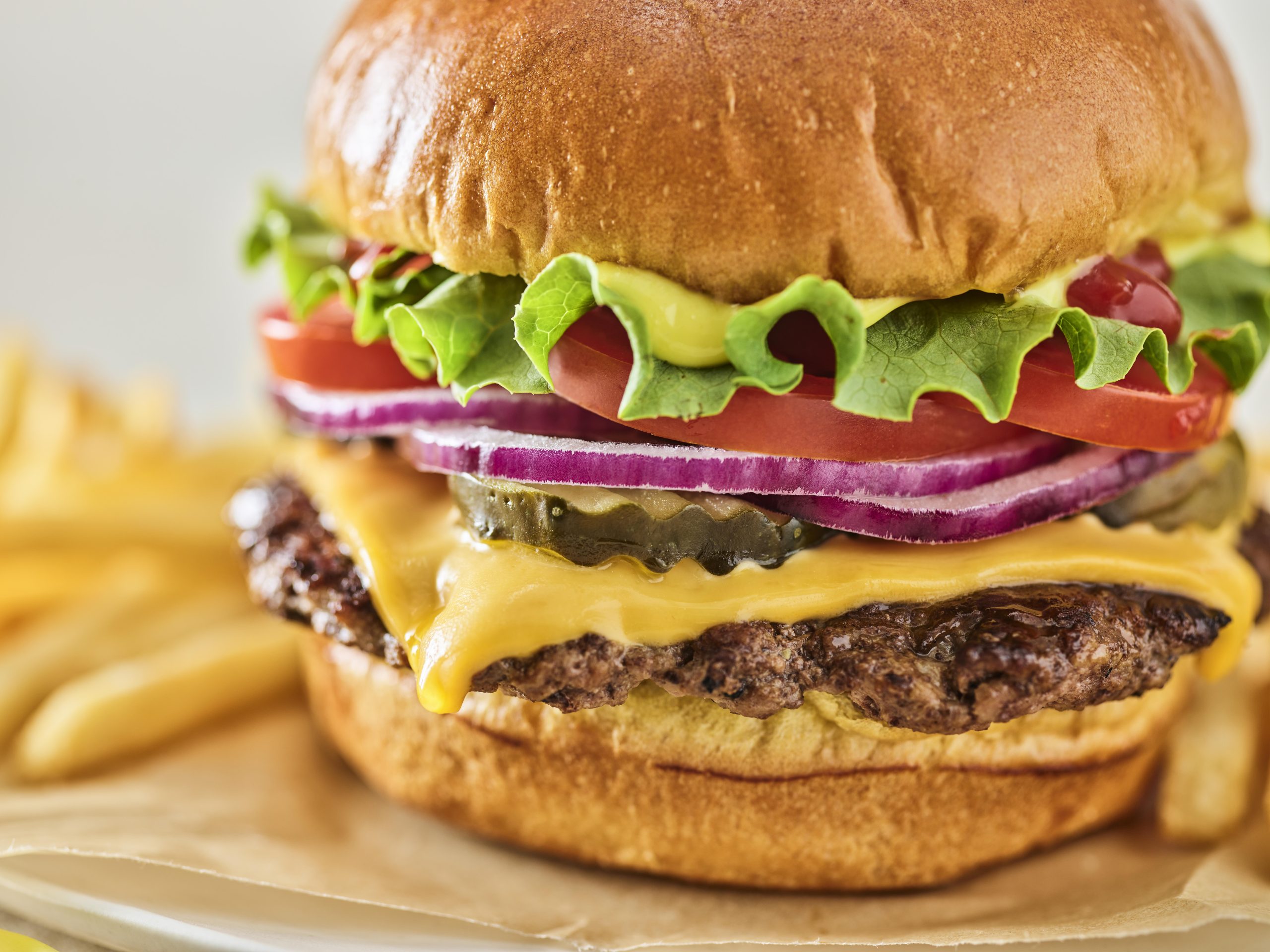Meet An Actual Architect Who Designs How Your Favorite Bars Should Look
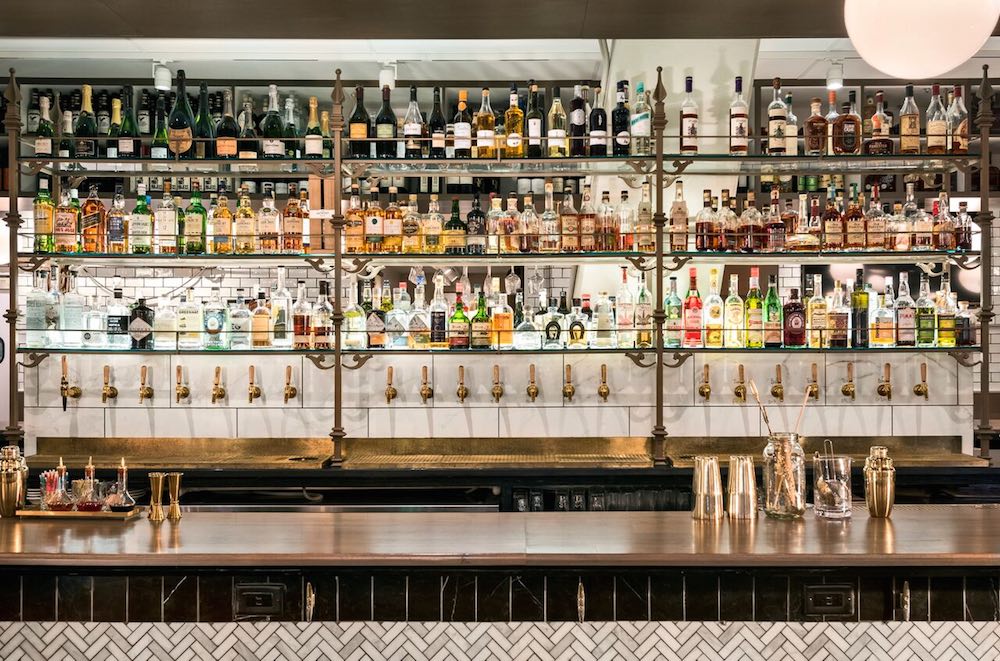
A guy walks into a bar… and notices its beautiful design? Well, not always but if you’ve ever watched an episode of “Bar Rescue,” then you know that, in addition to Jon Taffer’s pleasant demeanor, the key to any successful bar is the way its designed. It has to be beautiful yet functional. But who makes them so?
Griz Dwight of the Washington, D.C.-based GrizForm Design Architects does. A dual major in Studio Art and Physics at Williams College, Dwight actually became an architect when he had a beer in hand. “I was sitting around drinking a beer, thinking about what I wanted to be when I grew up,” says Dwight. “A woman passed by and asked what I was doing. When I told her, she said, ‘Oh, I thought you were an architect!”
So, who better than Dwight to ask about how backbars — the area behind a bar with shelves for holding bottles and other supplies — are designed, what he drinks when he ponies up to a bar, and how you can give your home bar that professional look.

How did you get into focusing on backbars?
I moved to D.C. in ‘99 with two goals: to get the girl and get out of DC. Half of it worked [laughs]. I’ve been married 17 years but I also fell in love with D.C. My first job out of grad school was with a restaurant design firm. One day, I got a call about starting my own firm and that day I quit. Our first was Oya [an Asian fusion restaurant]. It was terrifying and great because I knew I only had one shot.
What’s the first rule of designing a backbar?
There is no “first rule.” It has to be eye-catching. People need to get excited and think it’s a cool place. It also has to be functional. You can’t have things that bartenders can’t reach or they can’t make a drink. Some bars have every liquor displayed — they’re all about the booze. Maxwell [a wine bar] is all about the wine glasses. So, you have to show you what you’ve got.
Walk me through the process you take clients through.
You have to spend time talking about the kind of bar it is and what you’re serving. We just did a space in State College, Pennsylvania that has 100 beers on tap. It was a bit overwhelming. How do you make it easy to pick a beer? So, we put up giant flat screens with beer menu highlights. At Proof [a new American cuisine restaurant], they wanted to have proverbial “10 lbs in a 5 lbs bag.” They wanted to have TVs that weren’t a focal point unless they were on, a wine keeping system, beer, cocktails and to relate to the neighborhood. We worked with portrait gallery across the street to find photos that could be displayed on the recessed televisions when they’re not on — that also tied in the neighborhood.
What do you notice when you walk into a bar as a customer?
When we walk into a space that we didn’t design, my wife knows not to talk to me for the first 10 minutes [laughs]. I am looking at the details and function. I am watching servers and bartenders with a learning eye. I want to know what’s working and what’s not and how are people using the space.
What recommendations would you give home bartenders to make their bars stand out?
Lighting is essential for hospitality bars. Home bars are usually in a cabinet or tucked away, so I would suggest that they start with the lighting.
What is your go-to drink when you’re in a bar?
It depends on the season. In warmer weather, its usually a Hendrick’s & Tonic with a cucumber. The rest of the year, its a big glass of Barolo or a Manhattan, depending on the kind of day I have had [laughs].

